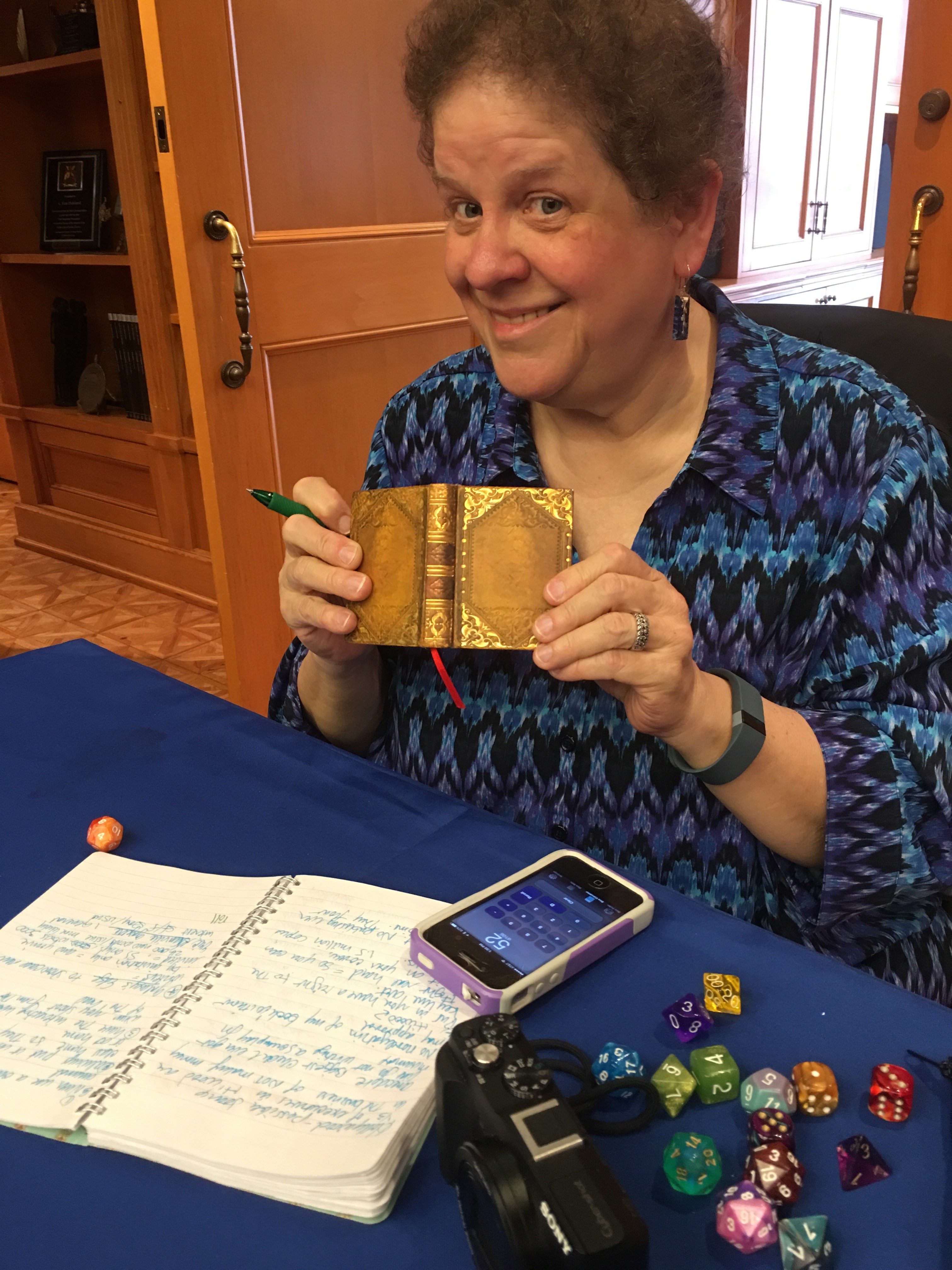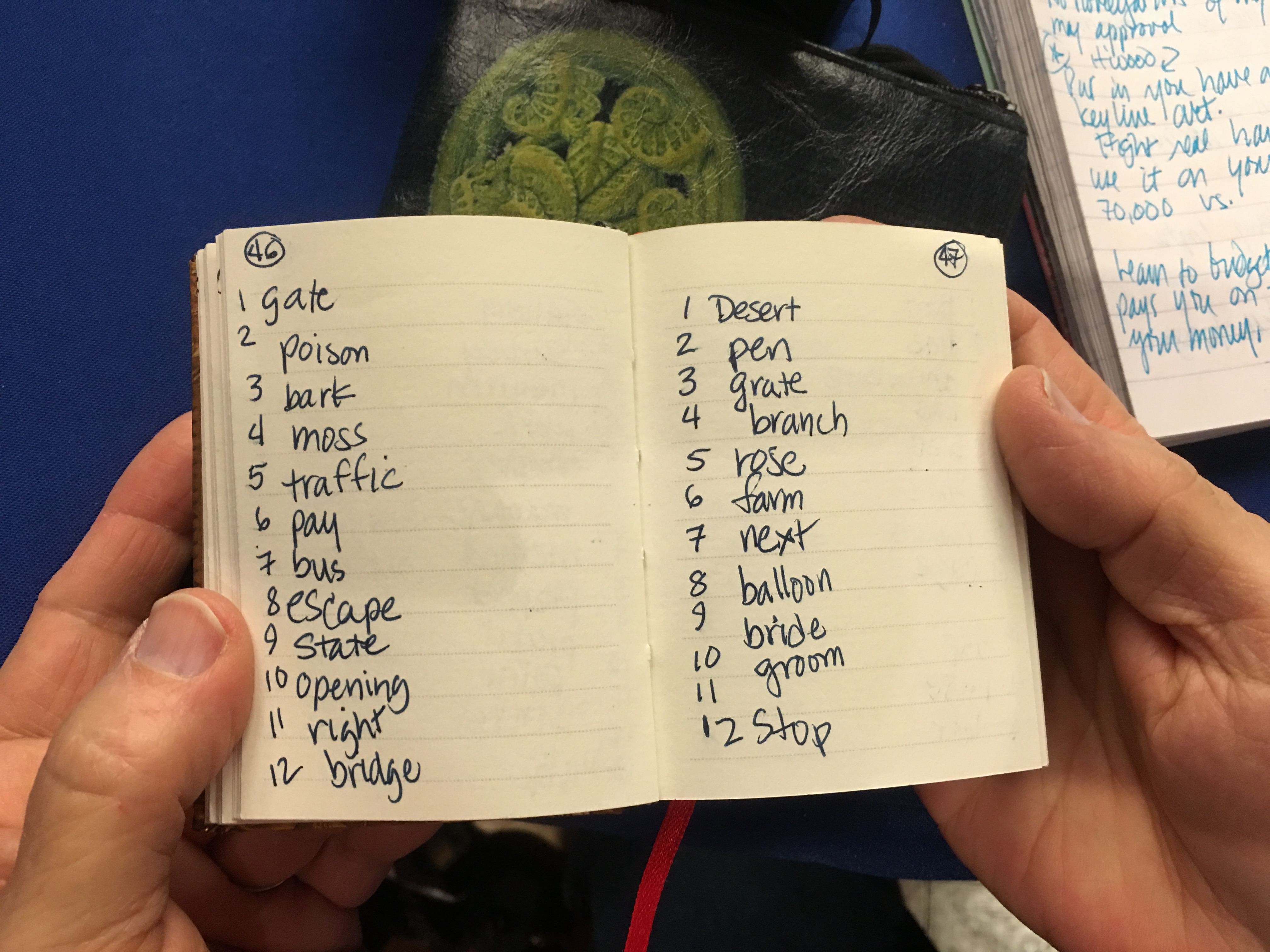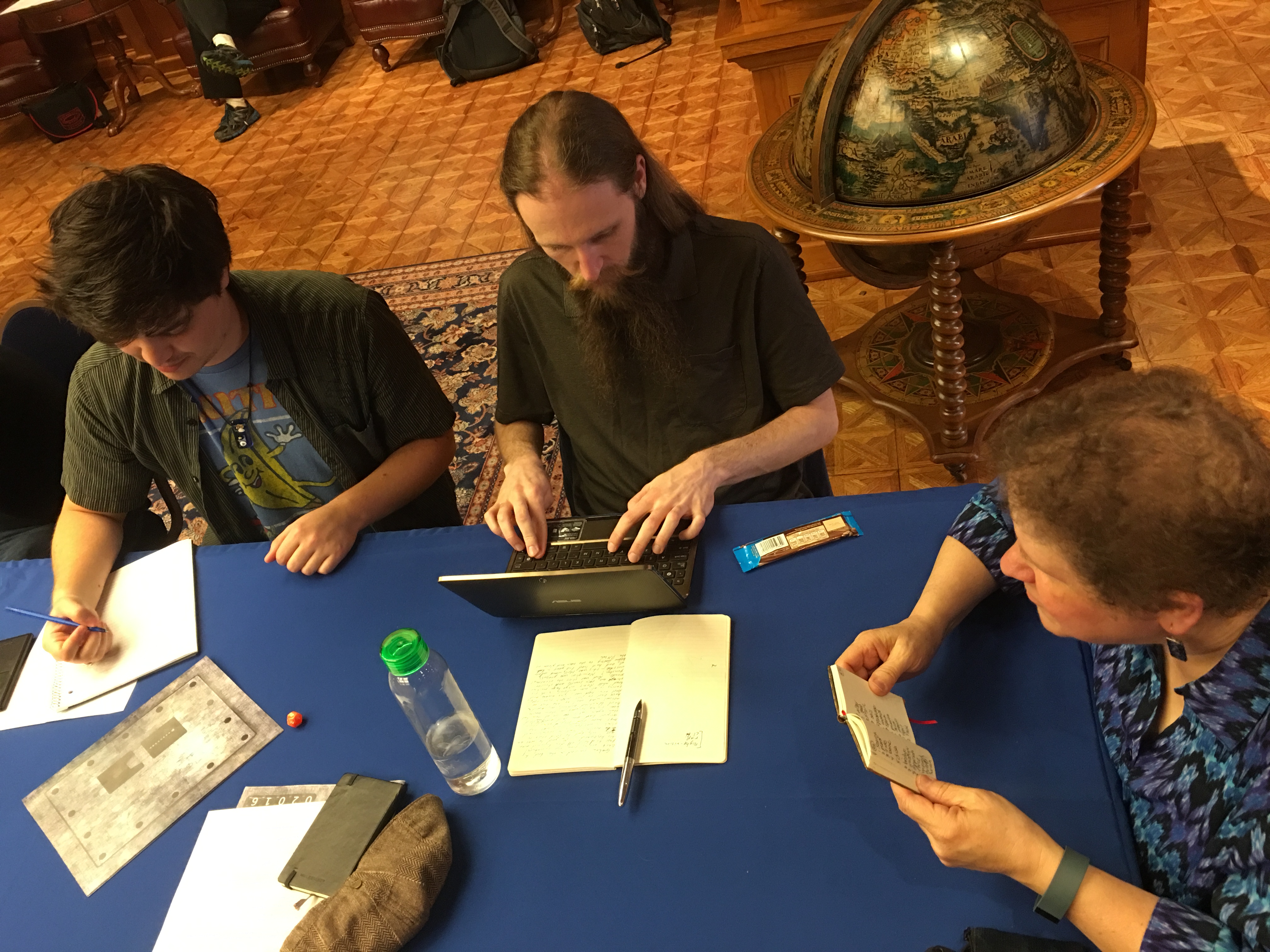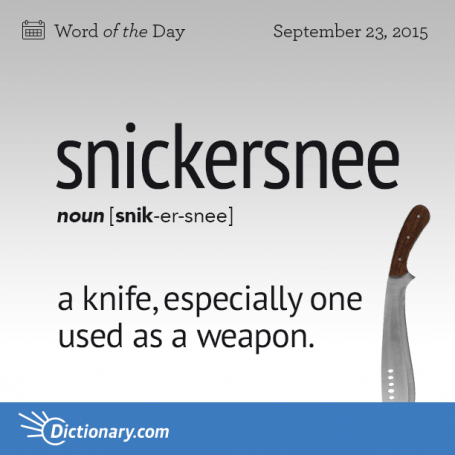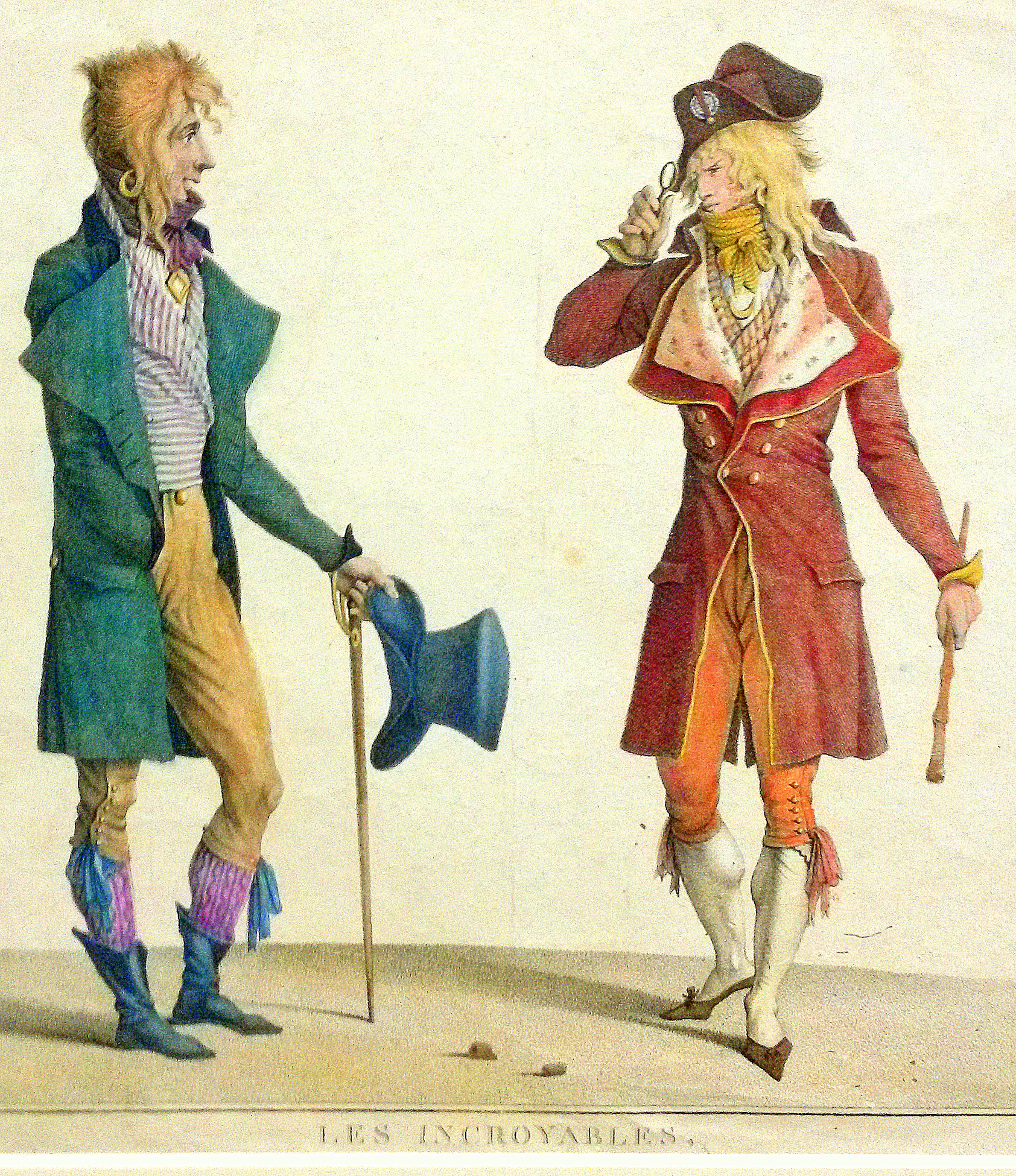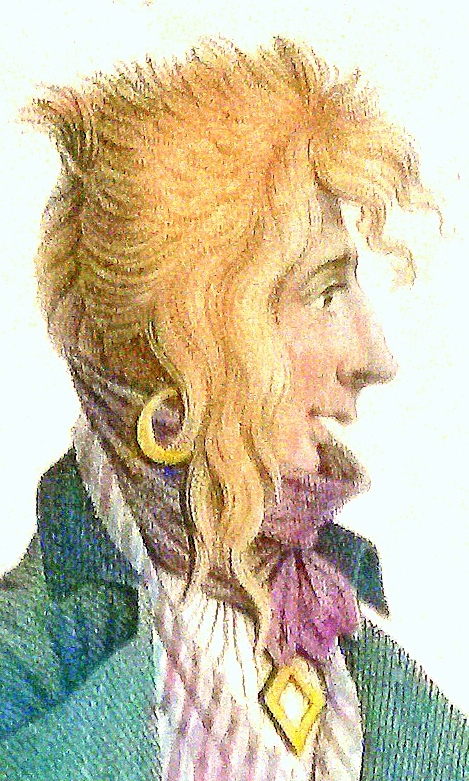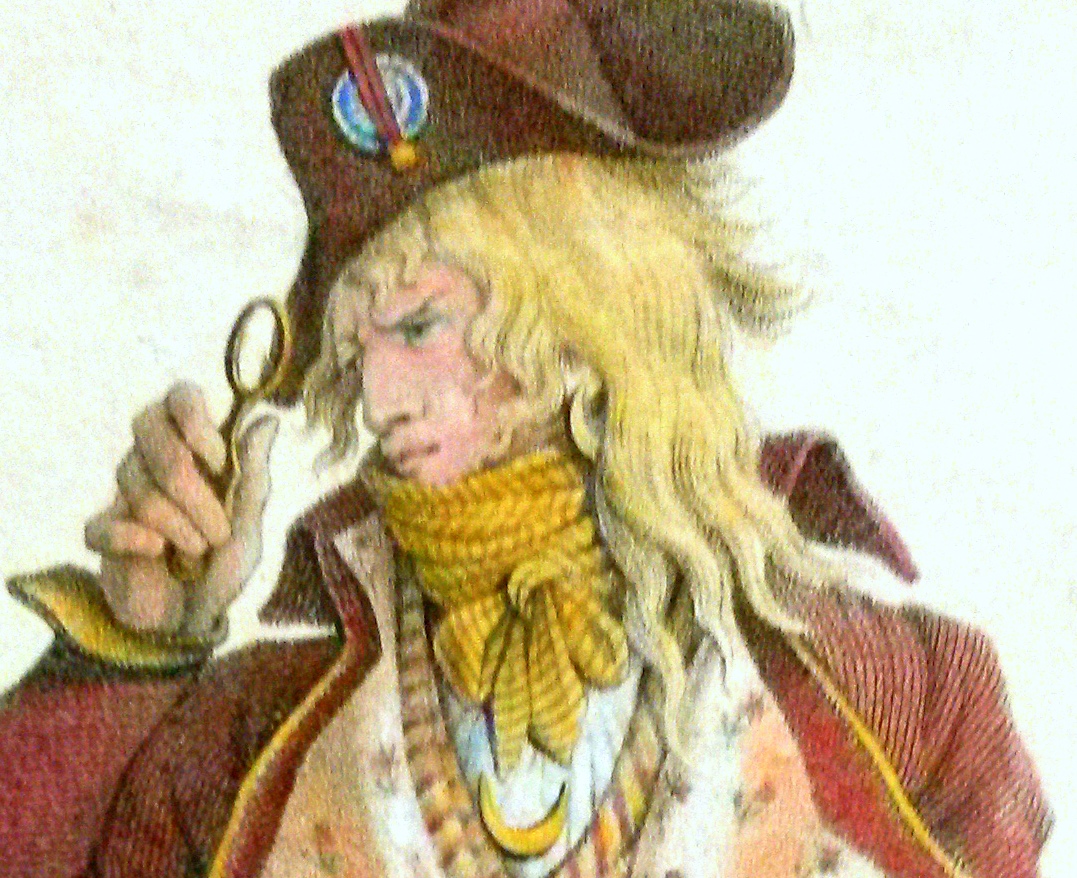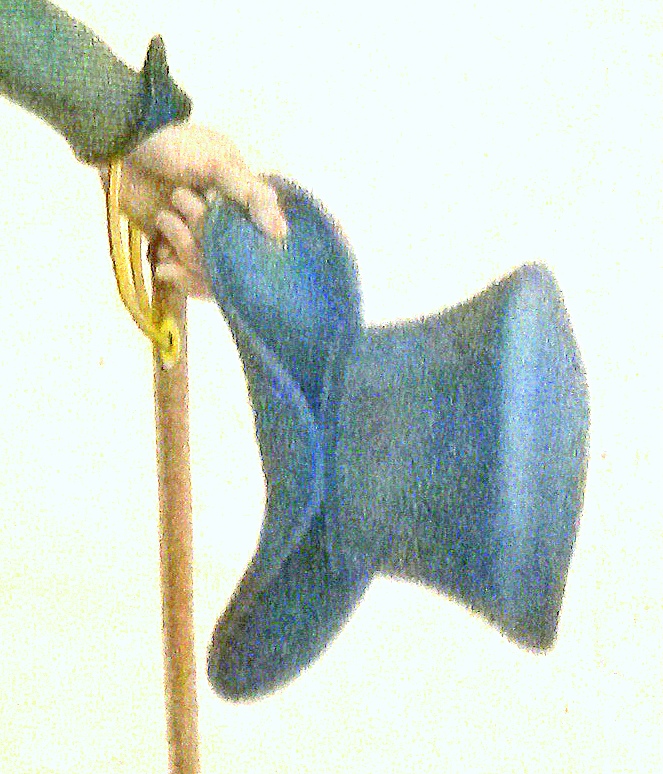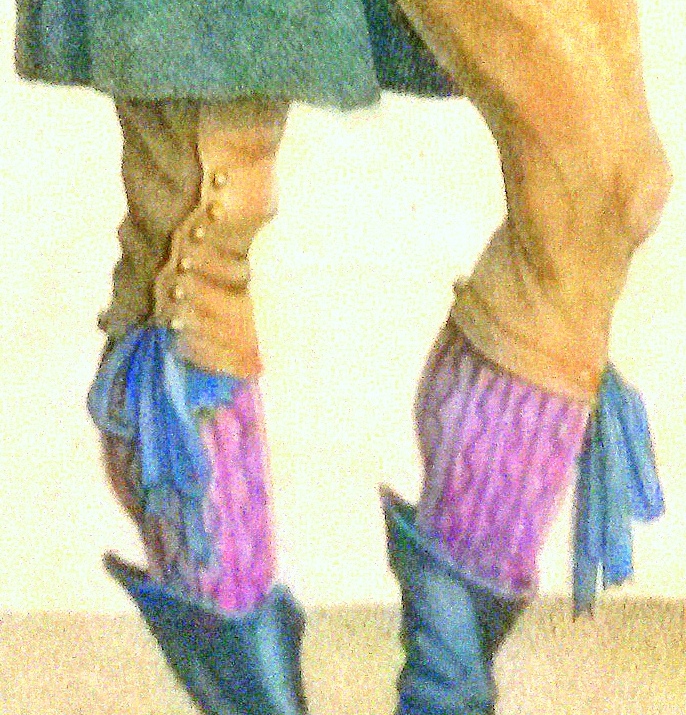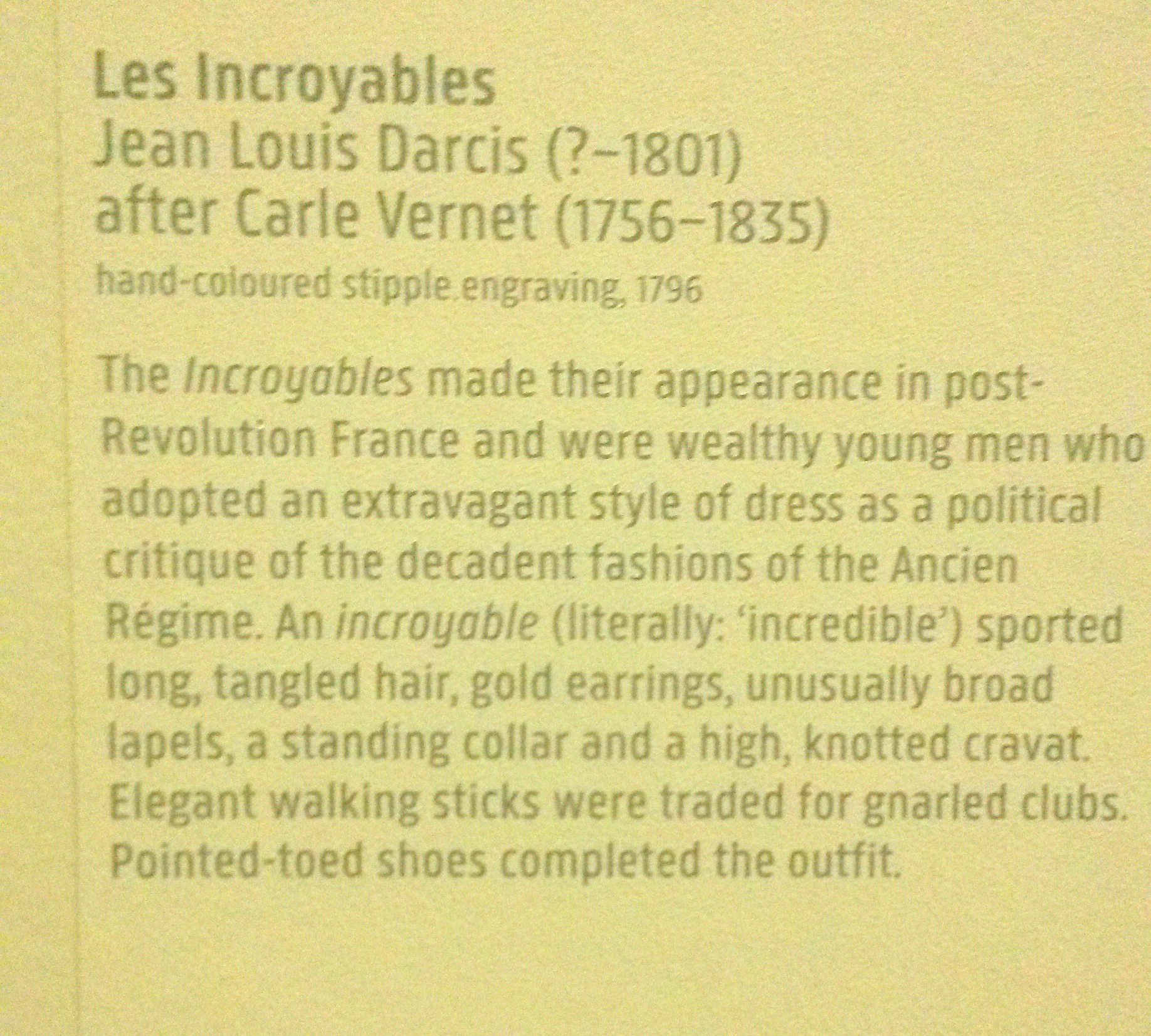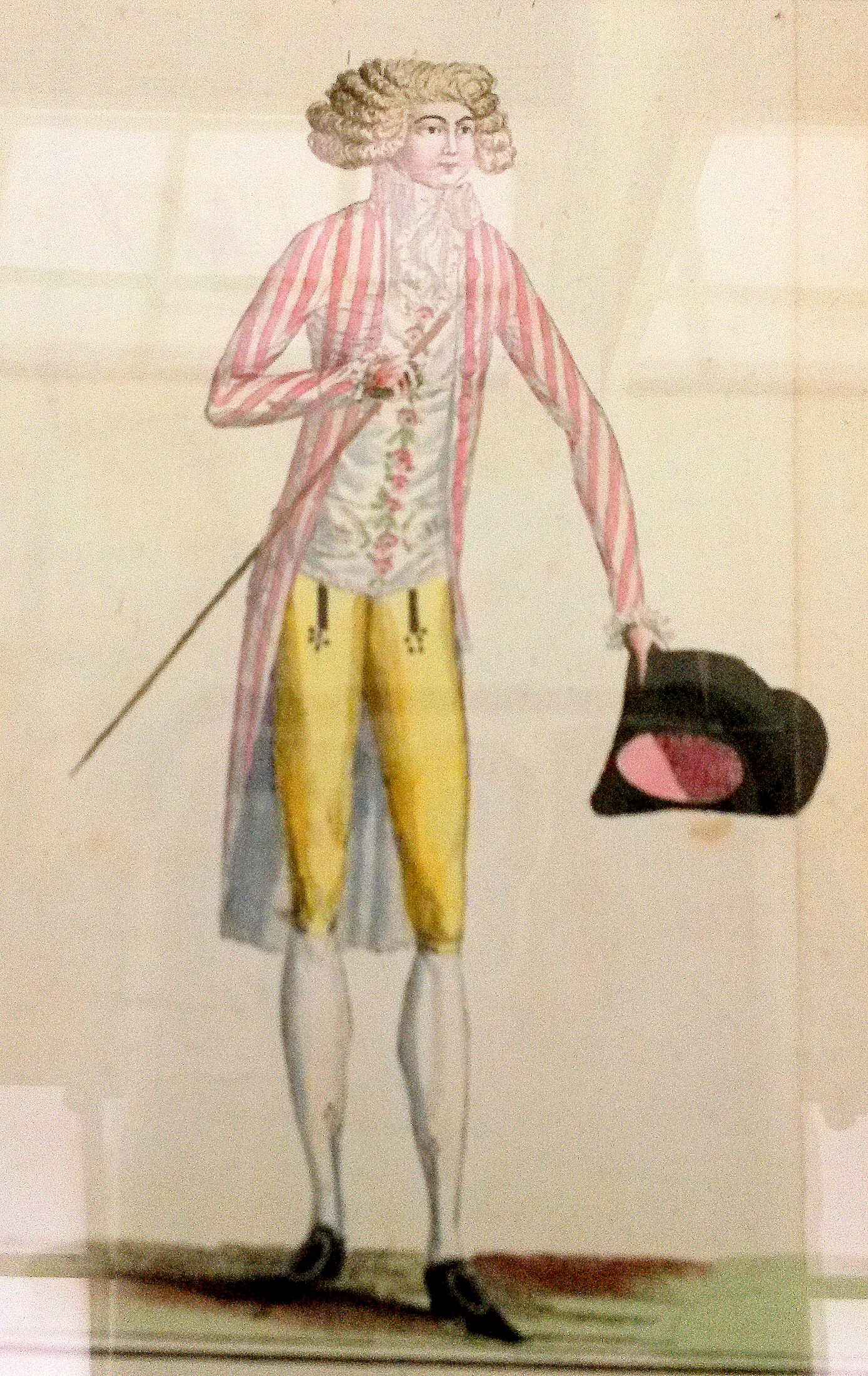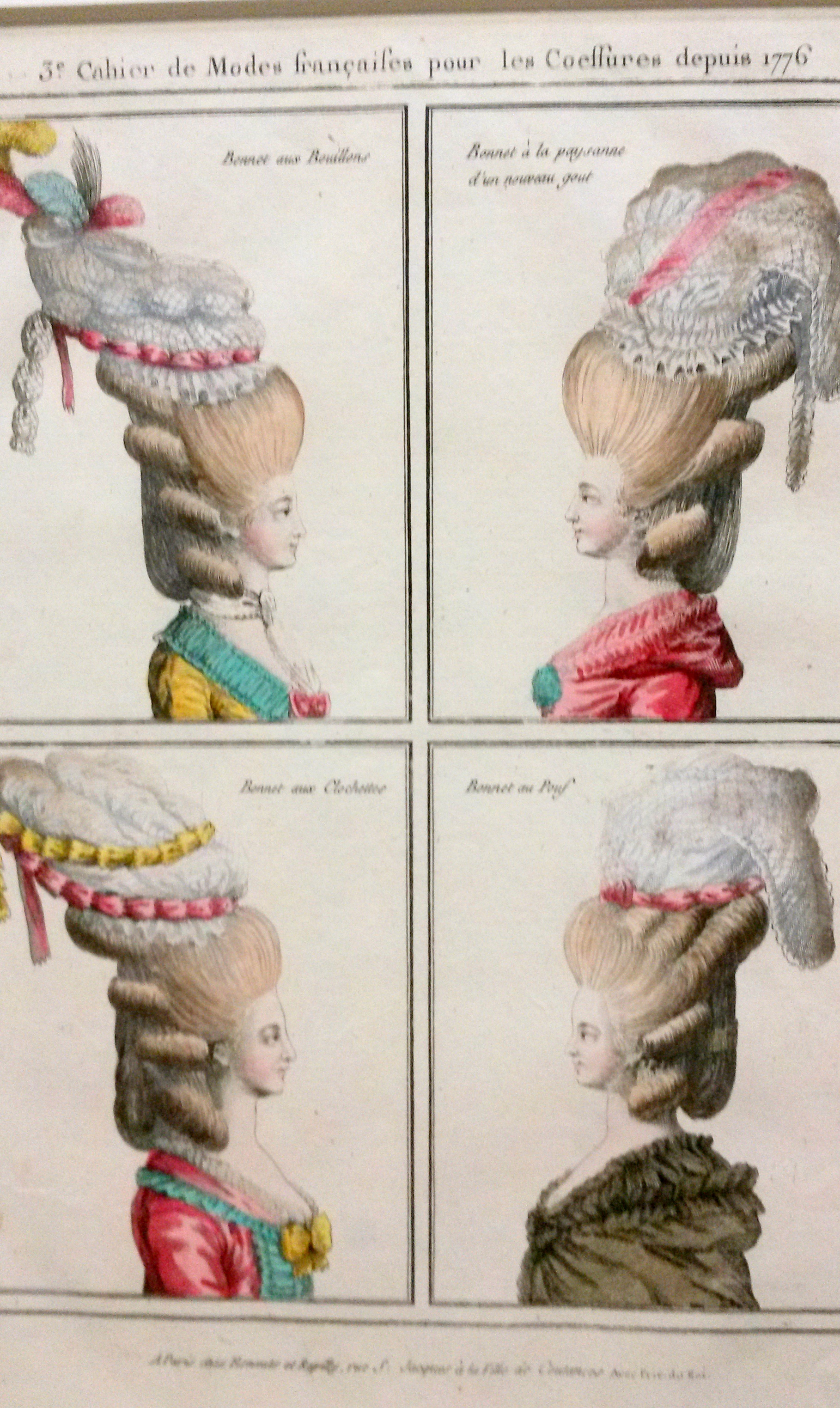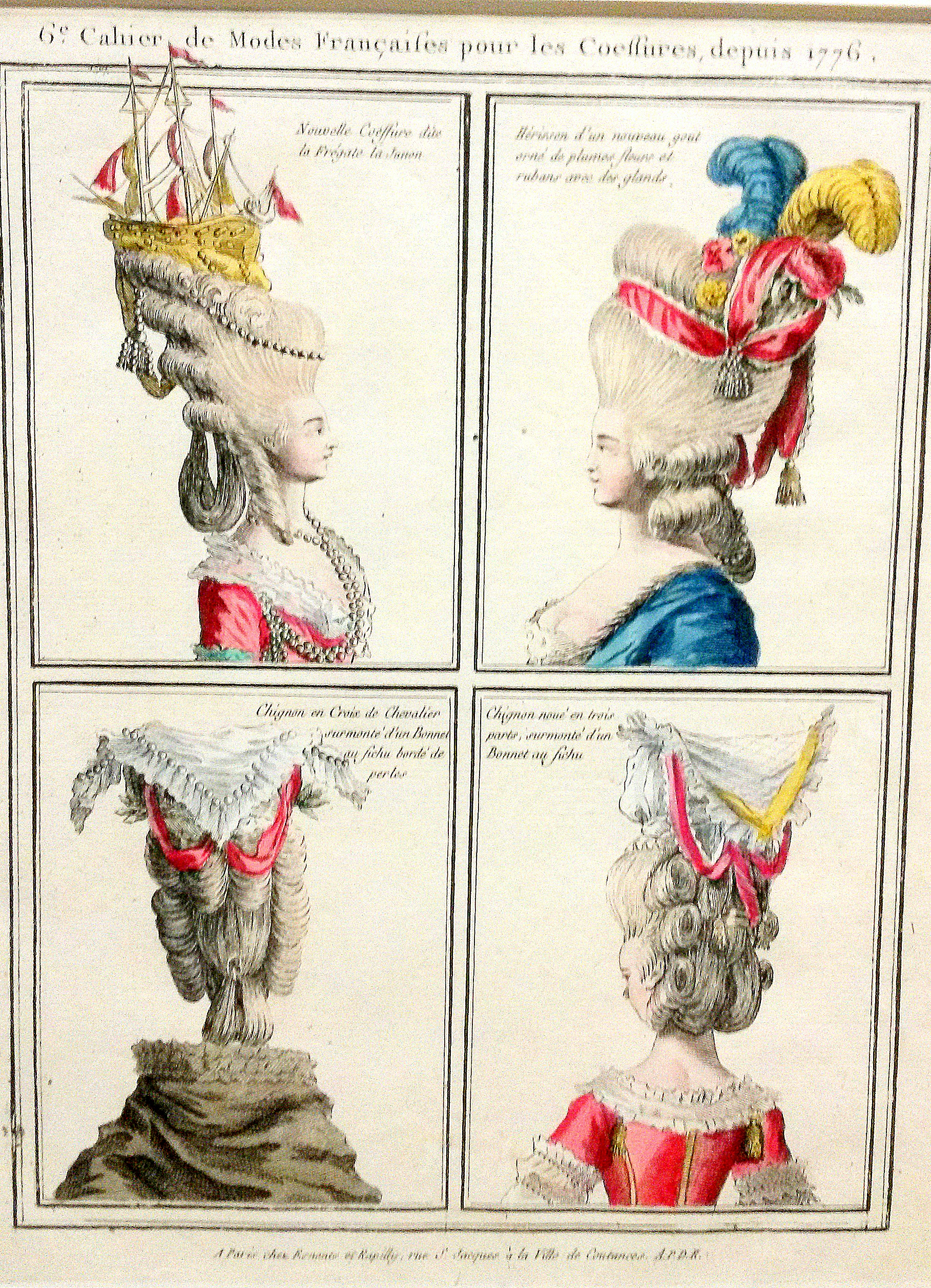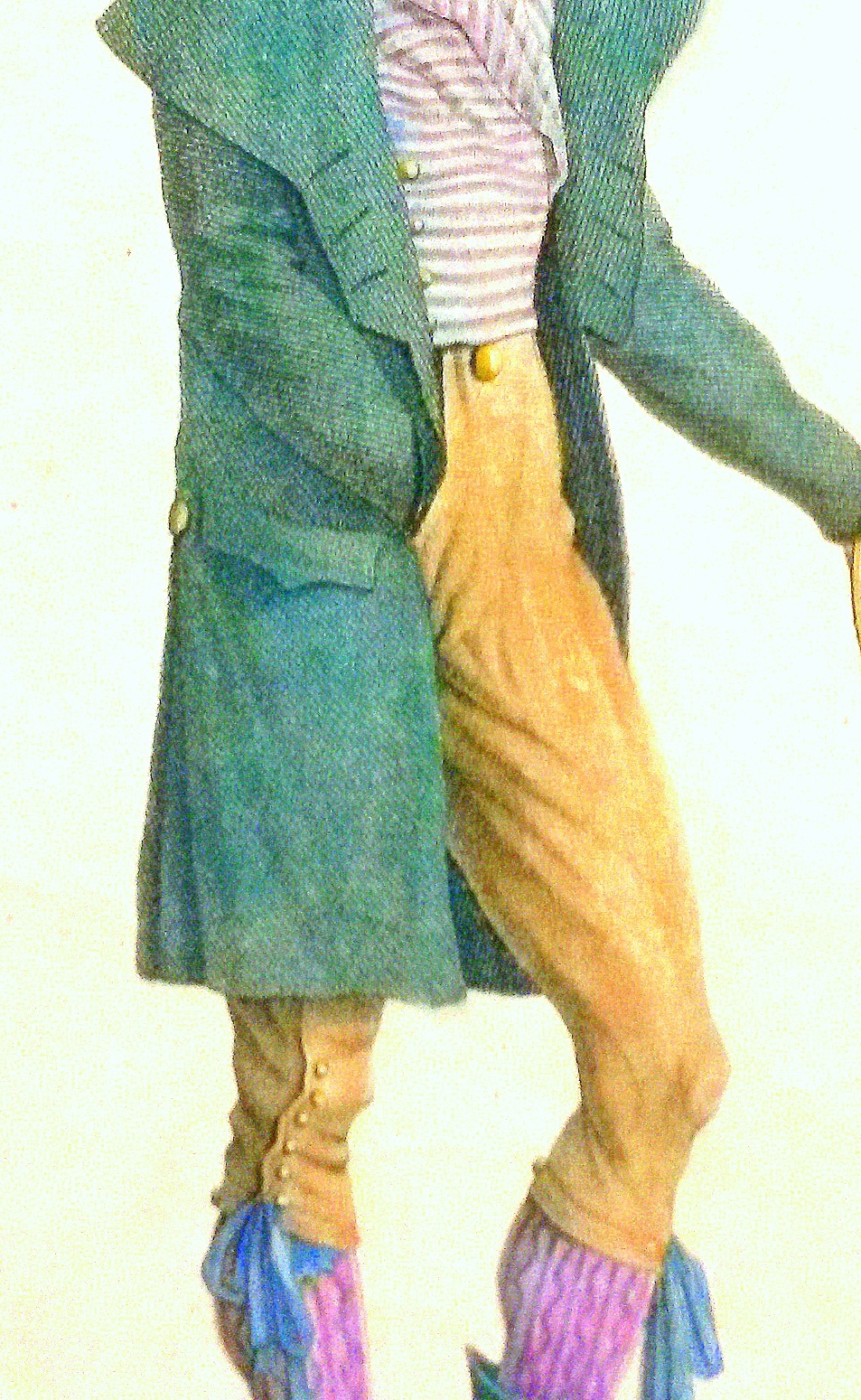off the grid for 24 hours
When last I posted, we’d all been assigned the task of writing a short story in 24 hours. I was given a random object (a 38 Special shell casing) and told to go interview someone on the street, and then use these things to inspire and craft a story.
And that’s what we did for the last day. I didn’t come up for air for basically fourteen hours (in two 7 hour chunks), which is why I didn’t post the schedule for yesterday
A first
But I did it! I wrote a 5K story in a day, and it has all the bones of a decent story. It’s a rough draft, sure, but it has all the bones. There were valuable lessons in that for me. Perhaps the most valuable lesson of this exercise was to see that I could in fact do this from scratch, with random inspirations; the other was that I could do that in a 24-hour window. That makes me feel good.
So here’s what we’ve been doing:
You’ll notice the right-hand column is the schedule of the Illustrator’s track.
the illustrators arrived today
The Illustrators got here yesterday, and we just met them today and saw for the first time the illustrations they did for the stories that will appear in the anthology. I’ll get a close-up of the illustration for my story. The artist (as you can see in the picture) is a young woman; her name is Maricella, and she is from Mexico.




